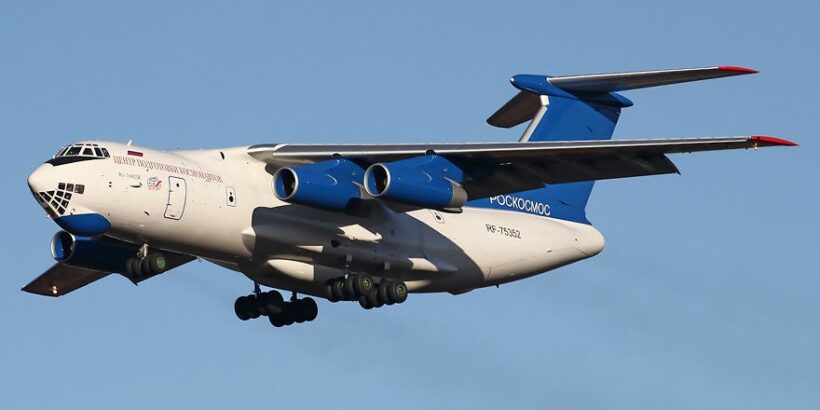The Cosmonaut Training Centre will use the existing IL-76MDK laboratory aircraft for weightlessness training until at least 2030. This was reported to TASS by the head of the CPC Maxim Kharlamov.
“We have and are discussing the need to develop and create a similar aircraft, but there are no concrete plans yet. This is a unique and probably the most expensive aircraft we use. We still have a resource in terms of time and weightlessness. According to our calculations, it will fly until 2030,” said Maxim Kharlamov.
According to him, there is no concrete discussion on which aircraft to replace the IL-76MDK. However, this issue was raised during the discussion of prospects with Yuri Borisov, the general director of Roscosmos. “We have discussed such a question. We are talking about the fact that a replacement will be needed in the long term,” he added.
The IL-76MDK laboratory aircraft is based on the serial military transport IL-76MD. It is distinguished by reinforced fuselage and wing design, adaptation of fuel, oil and hydraulic systems to work in weightlessness. In the front part of the cargo cabin there are workplaces for the head of the test and training team, onboard test engineers and onboard doctor. The floor of the laboratory compartment is covered with soft mats made of non-combustible material, the right and left sides of the cabin are covered with trauma-safe panels.
The state of short-term weightlessness is reproduced in flight by intervals called “mode” in space jargon. For this purpose, a special piloting technique is used – parabola flight.
First, the aircraft accelerates to maximum speed in horizontal flight at an altitude of 6000 metres, after which it begins to gain altitude up to 9000 metres with a pitch angle of 45-50°. At this stage, the overload reaches 1.9-2 g. Then the aircraft makes a “slide” and starts to descend with an increasing dive angle up to 45-50°. Due to this, zero vertical overload – weightlessness – occurs on board. It lasts only 25-28 seconds. Of course, such a short period of time does not allow you to perform long operations in weightlessness. But in principle these seconds are quite enough for cosmonauts to practice some simple skills of working in orbit.
After “mode” the aircraft begins to come out of dive. In this case, again there is an overload of up to 2 g. After performing this mode it takes 3-5 minutes to turn around, charge fuel and oil accumulators.
On average, the IL-76MDK aircraft performs up to 10 such “modes” during one flight lasting 1.5 hours. The maximum number of “modes” performed in one flight is 20.



